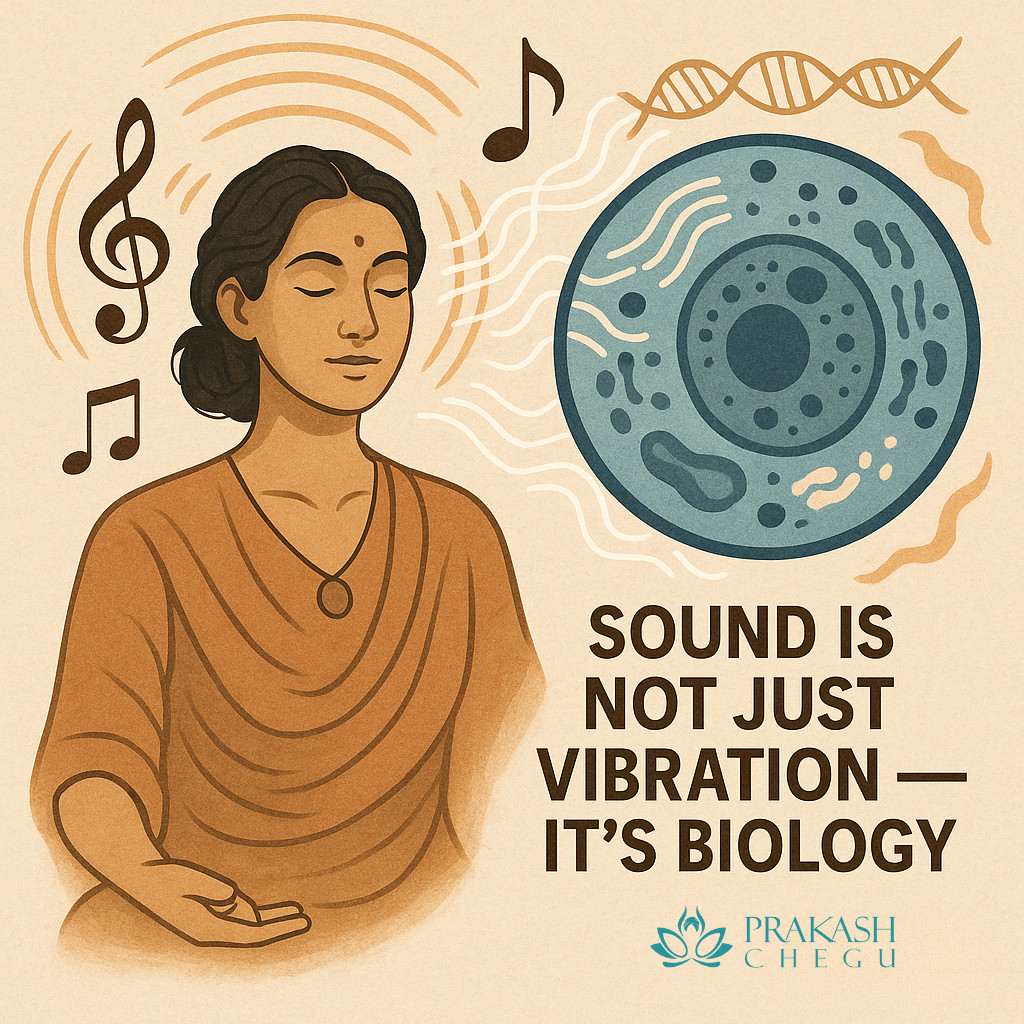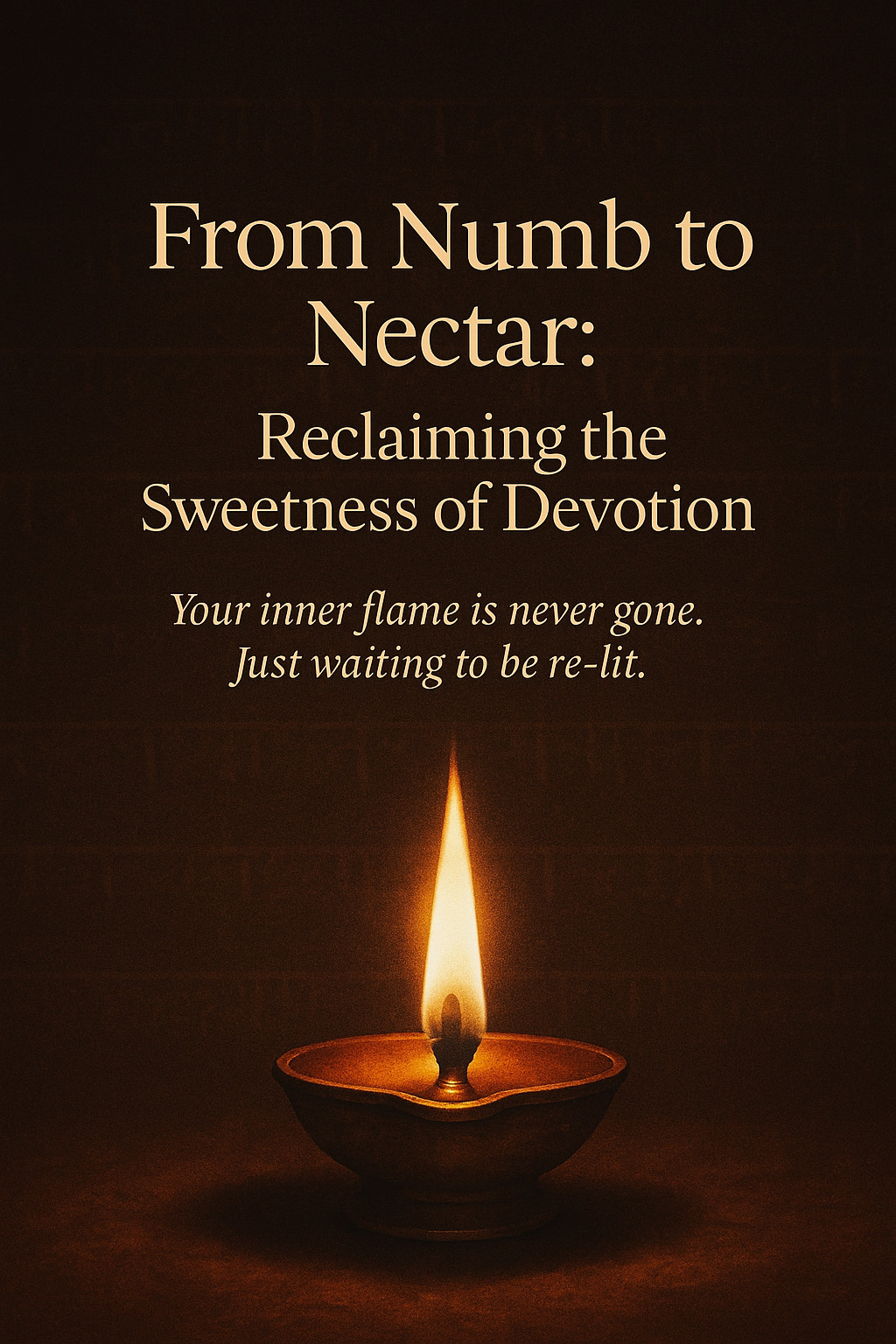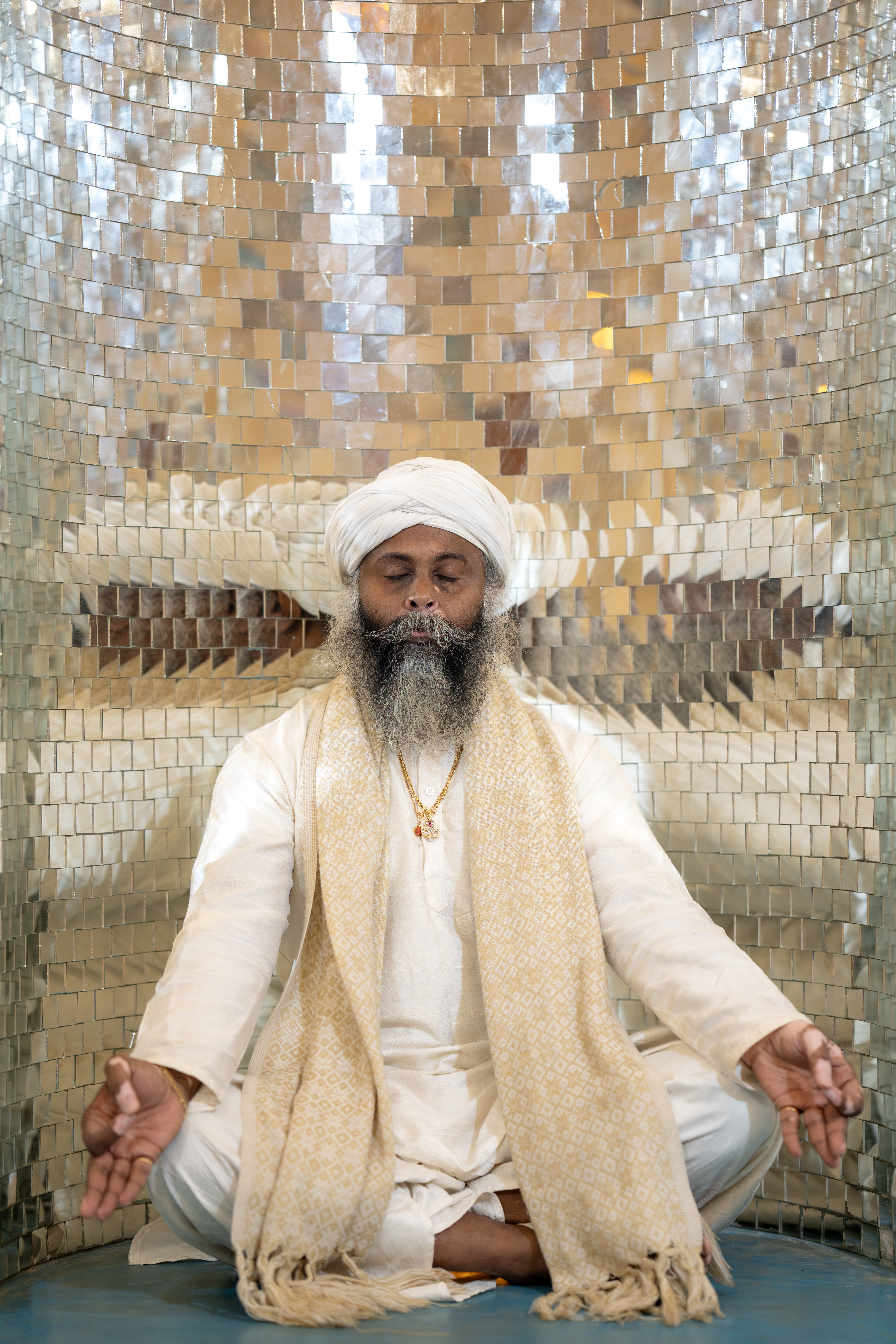Segmented breathing involves dividing the breath into equal parts during both inhalation and exhalation. Various combinations of segmented breath patterns—like 2-stroke, 4-stroke, 6-stroke, and so on—each offer unique physiological and spiritual benefits. These breathing techniques can be practiced with different combinations of nostril and mouth inhalations and exhalations, each influencing the body and mind in distinct ways. Here's a detailed breakdown of segmented breathing practices:
### 1. **2-Stroke Breath**
- **Technique:** Inhale in 2 parts (either through the nose or mouth) and exhale in 2 parts.
- **Benefits:**
- Simple and effective for beginners, it offers instant mental focus and calm.
- Helps develop basic breath control and awareness, grounding the mind.
### 2. **4-Stroke Breath**
- **Technique:** Inhale in 4 parts and exhale in 4 parts.
- **Benefits:**
- Enhances lung capacity by gradually filling and emptying the lungs.
- Energizing, especially when done quickly, it can help in activating the body’s pranic energy, making it useful before physical activity.
- Balances the nervous system, promoting mental clarity.
### 3. **6-Stroke Breath**
- **Technique:** Inhale in 6 parts and exhale in 6 parts.
- **Benefits:**
- Stimulates deep oxygenation and releases deeper layers of stress and tension.
- Promotes emotional balance, making it useful in practices aimed at emotional healing or inner work.
- Invokes a meditative state when practiced slowly and mindfully.
### 4. **8-Stroke Breath**
- **Technique:** Inhale in 8 parts and exhale in 8 parts.
- **Benefits:**
- Cultivates endurance in the respiratory muscles and strengthens lung elasticity.
- Provides a sense of internal balance, helping the mind and body synchronize effectively.
- Often used to balance the chakras, particularly in Kundalini practices, facilitating prana flow throughout the body.
### 5. **10-Stroke Breath**
- **Technique:** Inhale in 10 parts and exhale in 10 parts.
- **Benefits:**
- Deeply meditative, it helps achieve a state of inner calm and heightened awareness.
- Supports deep cleansing of energy channels, enhancing overall vitality.
- Can stimulate mental clarity, making it useful for creative problem-solving.
### 6. **12-Stroke Breath**
- **Technique:** Inhale in 12 parts and exhale in 12 parts.
- **Benefits:**
- A highly advanced technique that requires strong breath control, improving focus and lung capacity.
- Deepens meditation practice, promoting profound inner peace.
- Activates deeper layers of prana, assisting in spiritual awakening and grounding.
### 7. **16-Stroke Breath**
- **Technique:** Inhale in 16 parts and exhale in 16 parts.
- **Benefits:**
- Maximum expansion of lung capacity and control over breath, greatly increasing stamina and mental focus.
- Facilitates a deep state of stillness, supporting transformative meditation experiences.
- Ideal for advanced practitioners to stimulate the Kundalini energy and enhance spiritual progress.
### 8. **Inhale Through the Nose, Exhale Through the Nose**
- **Significance:**
- Calms the parasympathetic nervous system, promoting relaxation and reducing stress.
- Encourages a meditative state and fosters mindfulness, perfect for grounding and centering practices.
- Helps maintain body heat, which is useful in cold weather or during wintertime practices.
### 9. **Inhale Through the Nose, Exhale Through the Mouth**
- **Significance:**
- Releases toxins and pent-up emotions more effectively during the exhale.
- Allows for greater physical release and relaxation, making it ideal for stress relief or after physical activity.
- Useful in breathwork that focuses on letting go of negative energy or mental clutter.
### 10. **Inhale Through the Mouth, Exhale Through the Nose**
- **Significance:**
- Creates a cooling effect on the body, helping regulate internal heat.
- Energizes and oxygenates the system quickly, making it great for bursts of energy or before physical exertion.
- Often used in Kundalini Yoga for balancing energy between the upper and lower chakras.
### 11. **Inhale Through the Mouth, Exhale Through the Mouth**
- **Significance:**
- Most effective for fast-paced breathwork where rapid energy is needed.
- Cleanses the body of toxins and releases physical and emotional stress.
- Can be used in dynamic practices where releasing excess heat and energy is necessary, such as in physical exertion.
### Practical and Spiritual Impacts of Different Segmented Breathing Patterns:
- **Practical Effects:**
- **Lung Expansion and Elasticity:** By practicing segmented breathing, you train your respiratory muscles to stretch and contract more effectively, improving overall lung capacity and oxygenation.
- **Enhanced Focus and Concentration:** Breath segmentation requires focus, thus engaging the brain’s attention centers, promoting enhanced cognitive function.
- **Reduced Anxiety:** Controlled, rhythmic breathing is shown to activate the parasympathetic nervous system, reducing cortisol levels and promoting relaxation.
- **Spiritual Effects:**
- **Balancing Prana:** By segmenting the breath, you create an even flow of prana (life-force energy), which balances and harmonizes the chakras.
- **Deep Meditation:** Segmented breathing, especially in longer strokes (e.g., 8 or 16), facilitates deep meditative states, helping practitioners achieve inner stillness and transcendence.
- **Kundalini Awakening:** In advanced practices, segmented breathing is known to stimulate the flow of Kundalini energy, gradually awakening the practitioner’s spiritual potential.
In summary, segmented breathing offers a multitude of benefits, from improving physical health and mental focus to deepening meditation and spiritual growth. The variations of inhalation and exhalation through the nose or mouth introduce different effects, allowing practitioners to tailor their breathwork to their specific needs and goals.



0 Comments